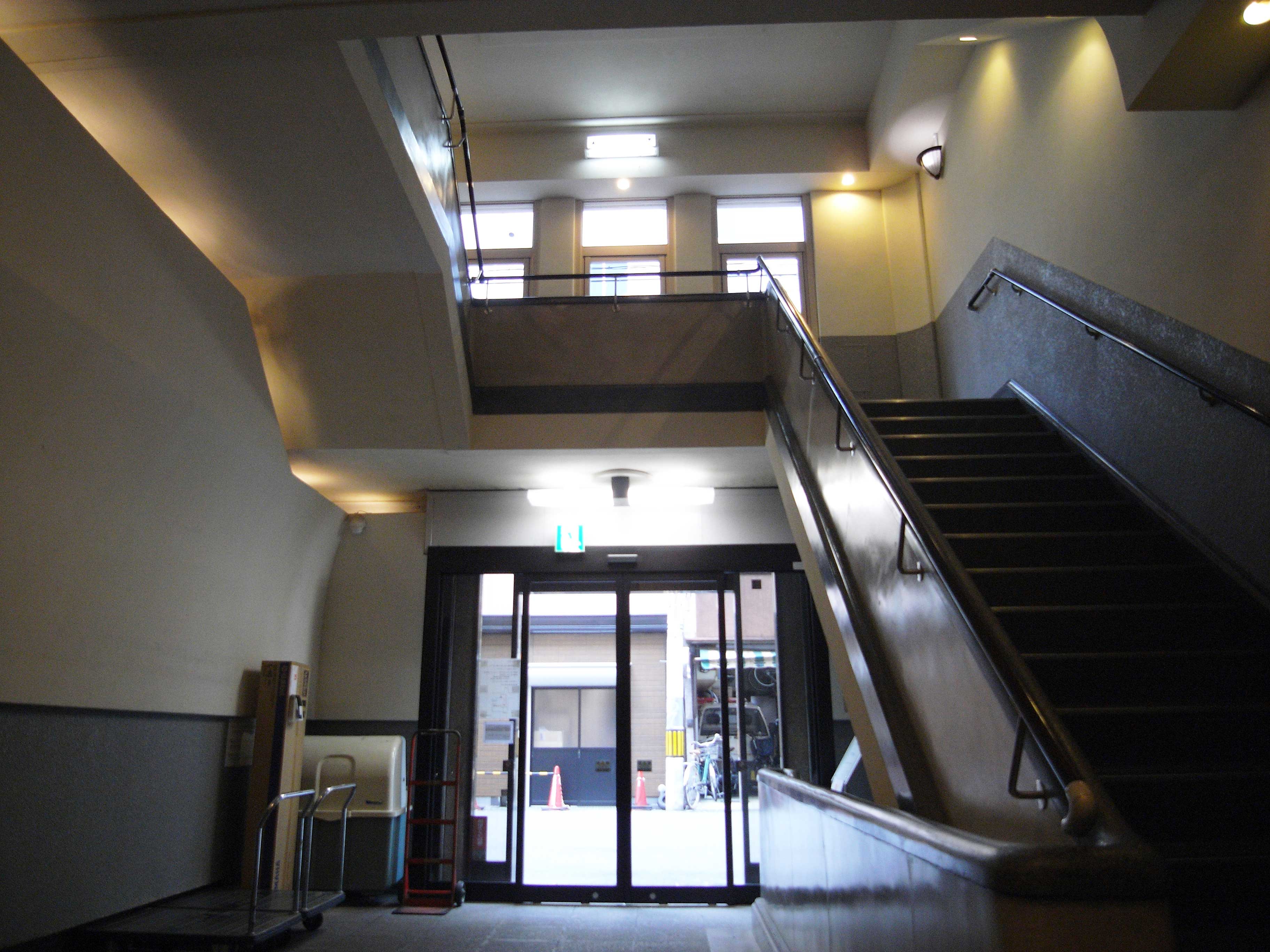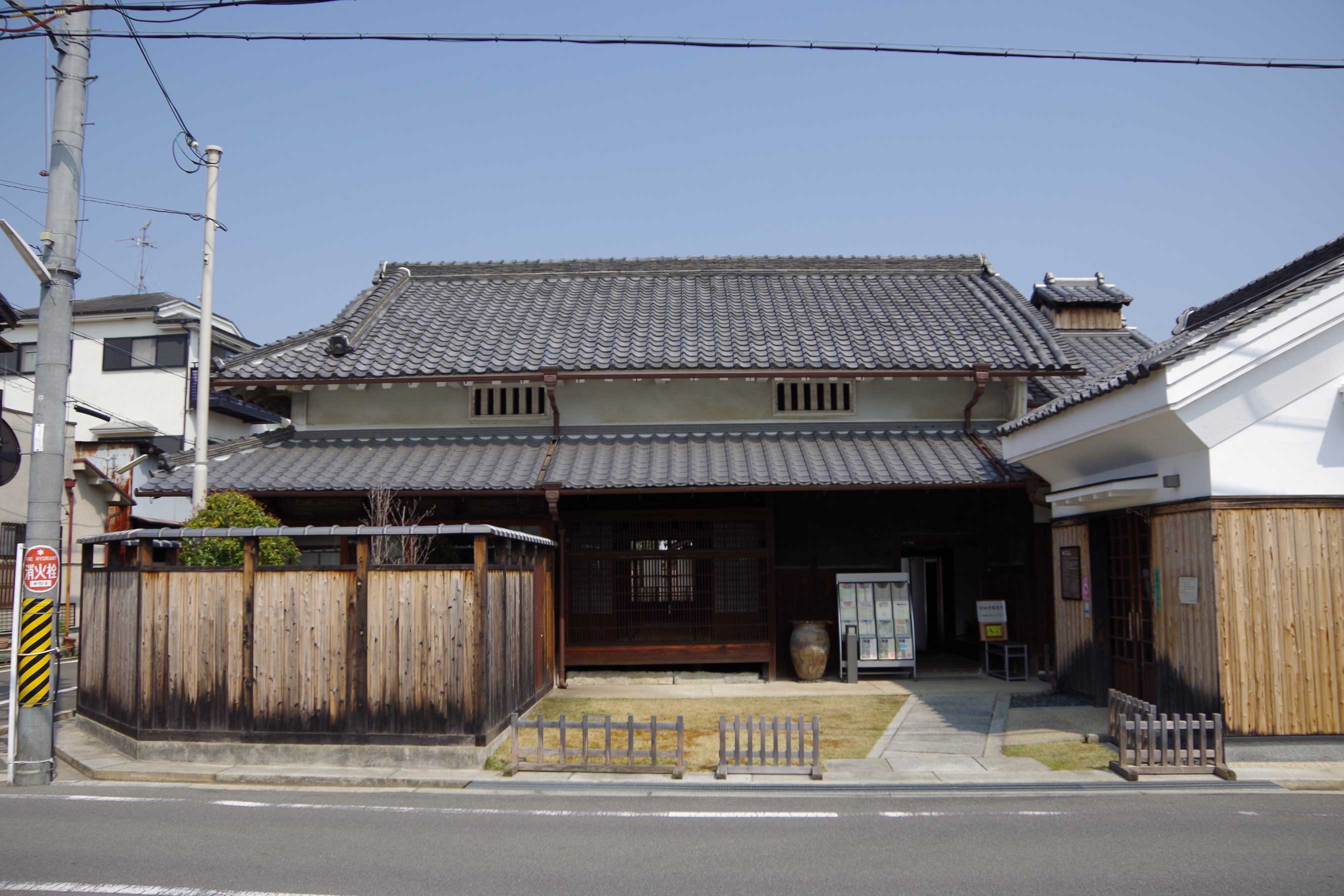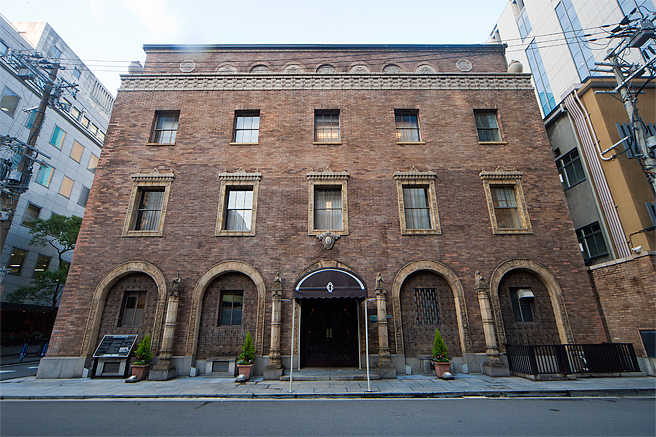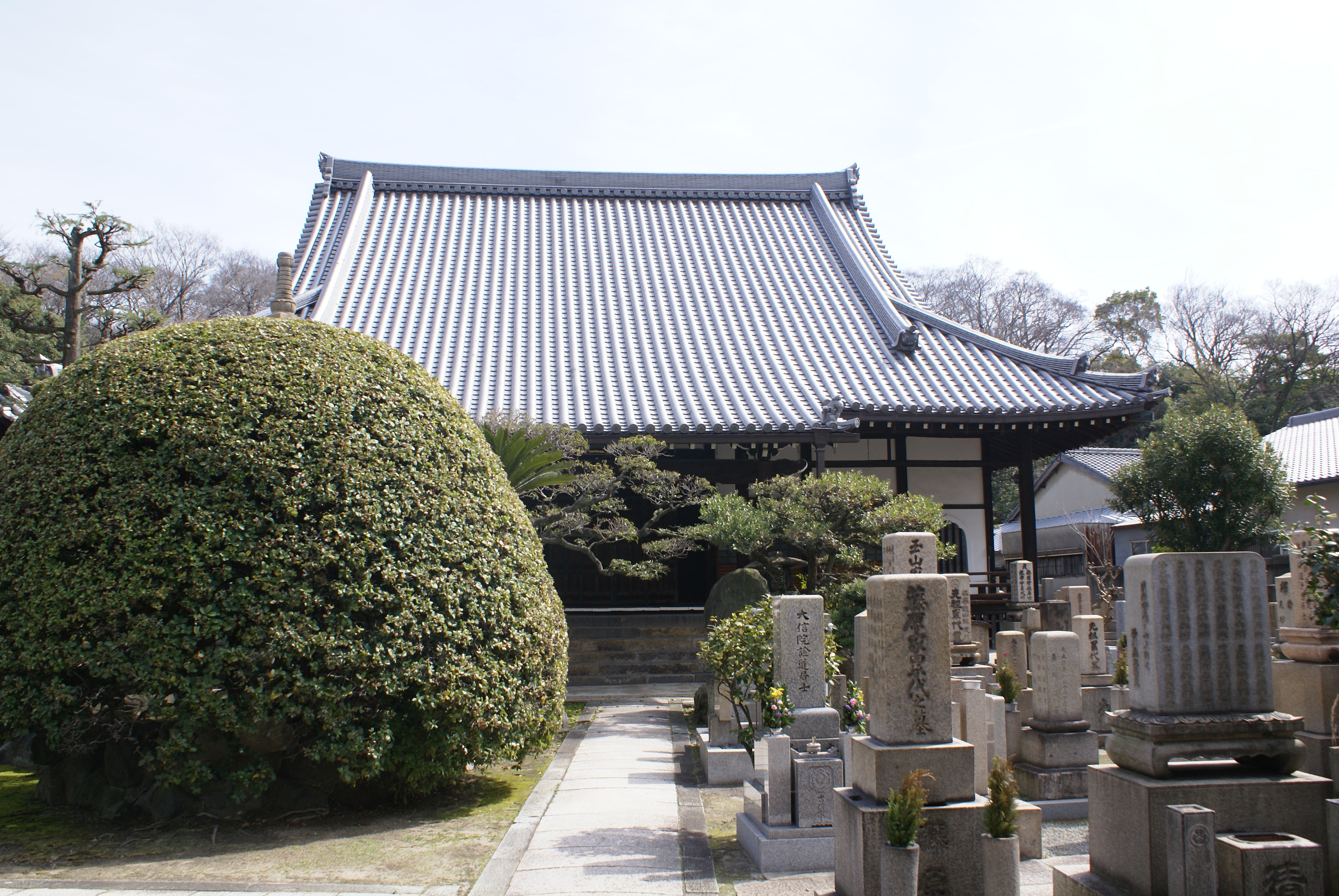
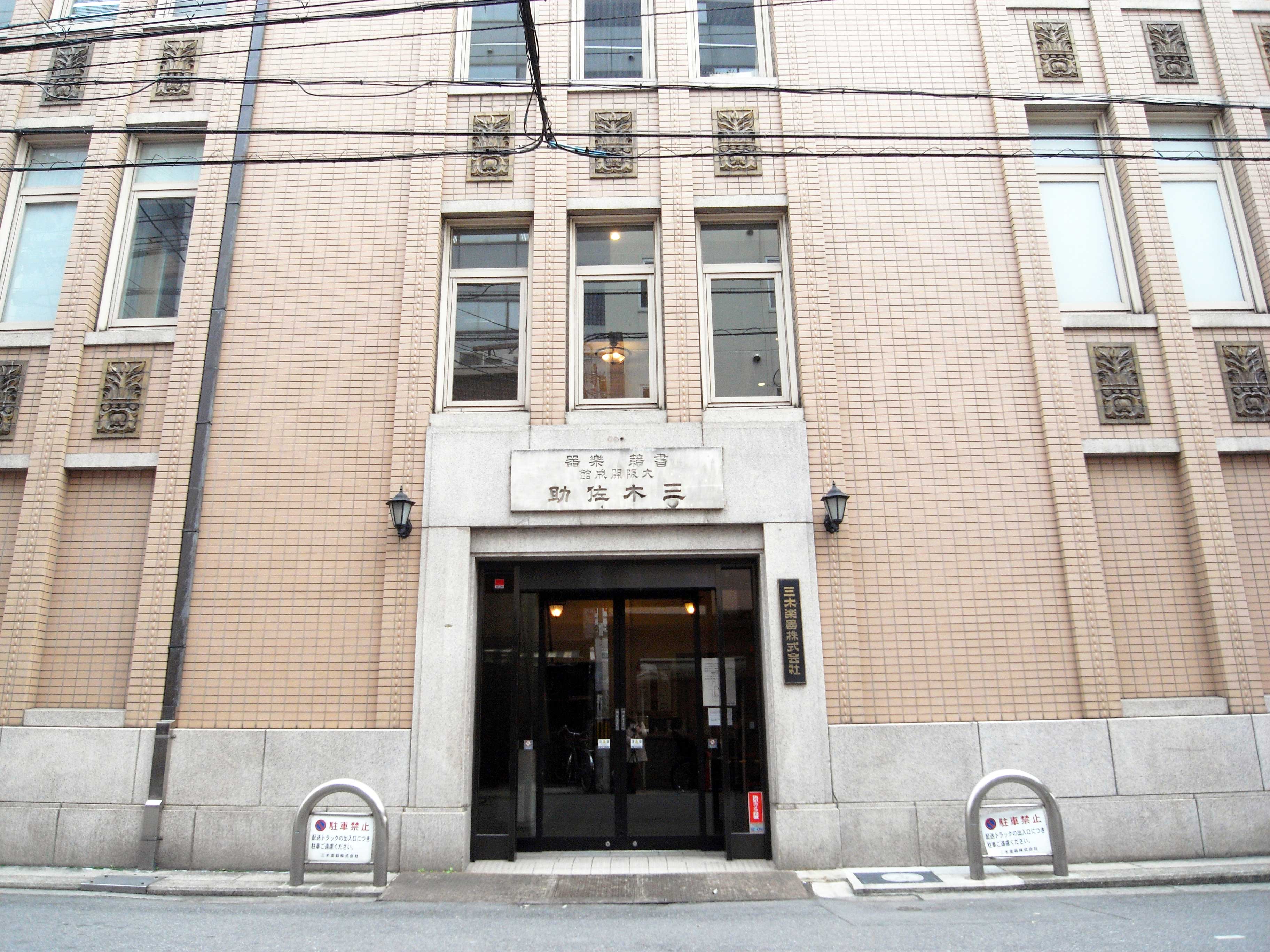
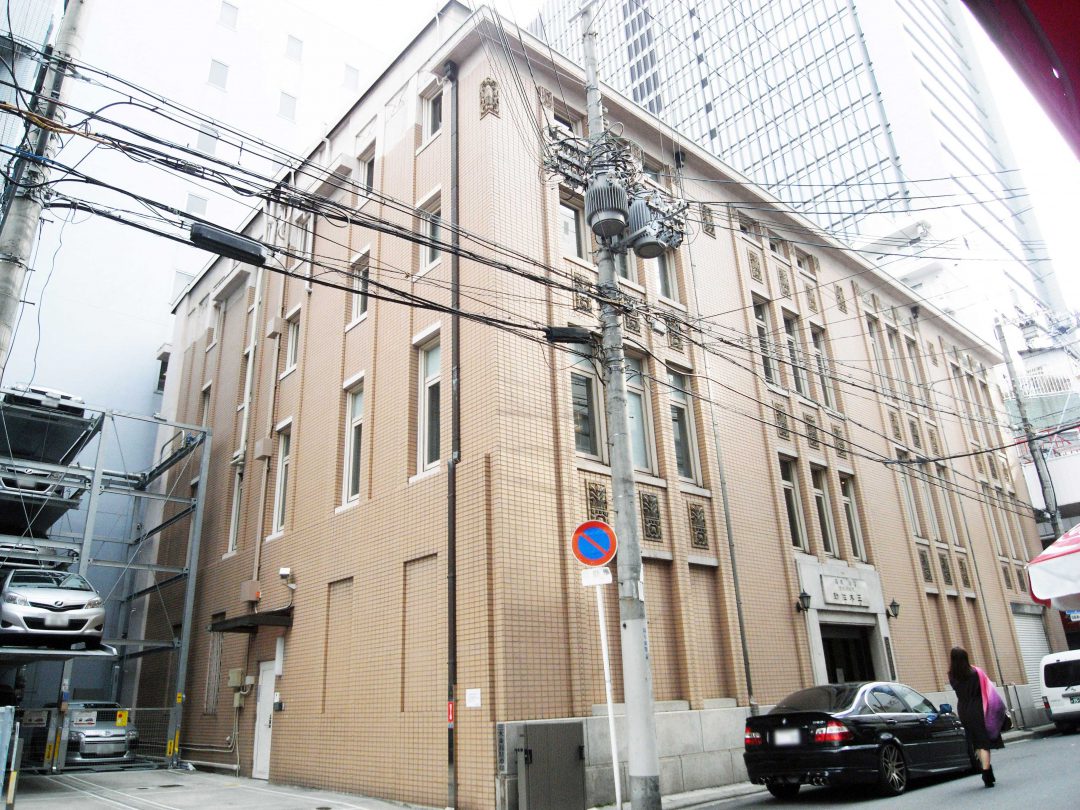
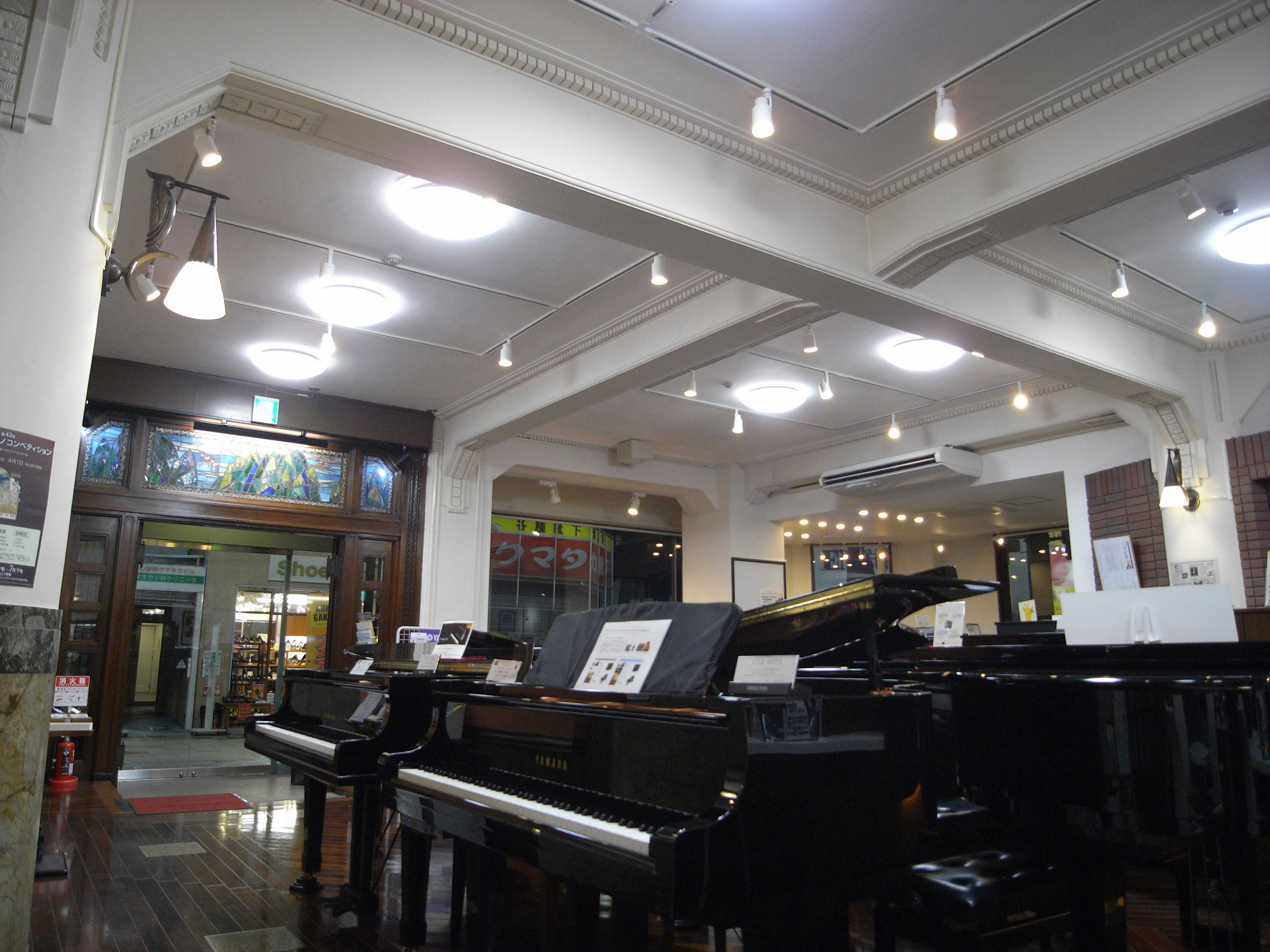
Name MIKI GAKKI Co., Ltd Address 3-3-4ŃĆĆKitakyuhojicyo Chuo-ku, Osaka City TEL/FAX 06-6252-0431(TEL)/06-6252-0570(FAX) HP https://www.miki.co.jp/ E-mail addept@miki.co.jp Architecture age 1924 Building type Commercial buildings Construction Four-story, one basement building with a reinforced concrete structure Outline explanation In 1825 (Bunsei 8) of the Edo Period, Sasuke Kawachiya founded the predecessor organization of Miki Gakki Co. as a book rental business in Senba, Osaka during a time when the local and community culture was flourishing. In that era, it was common for two-story wooden houses to be constructed side by side in mass quantities; a prevalent building typology that could also be found along Shinsaibashi Street. Miki Gakki was built in a Western-style among this traditional Japanese townscape. Upon completion, the townspeople were astonished at the splendor of the building. The Great Kanto Earthquake had occurred in 1923 (Taisho 12), which was only a year prior to its construction. Great care was taken to improve earthquake resistance by using the best techniques available to build a strong foundation, columns, and walls. Architectural characteristics of the era include the utilization of tile to emphasize vertical elements. Examples of this can be found on the façade of this structure. The building was designed by Kiyoshi Masuda and built by Konoike Construction Co., Ltd. During the Osaka Air Raids, this building protected the lives of many people who sought shelter inside. The facade was renovated in 1989 (Heisei 1). Miki Gakki was registered as a registered cultural property in September 1997 (Heisei 9).
Cultural property type Registered Tangible Cultural Properties Event link open to the public open note Reservation necessary 
-
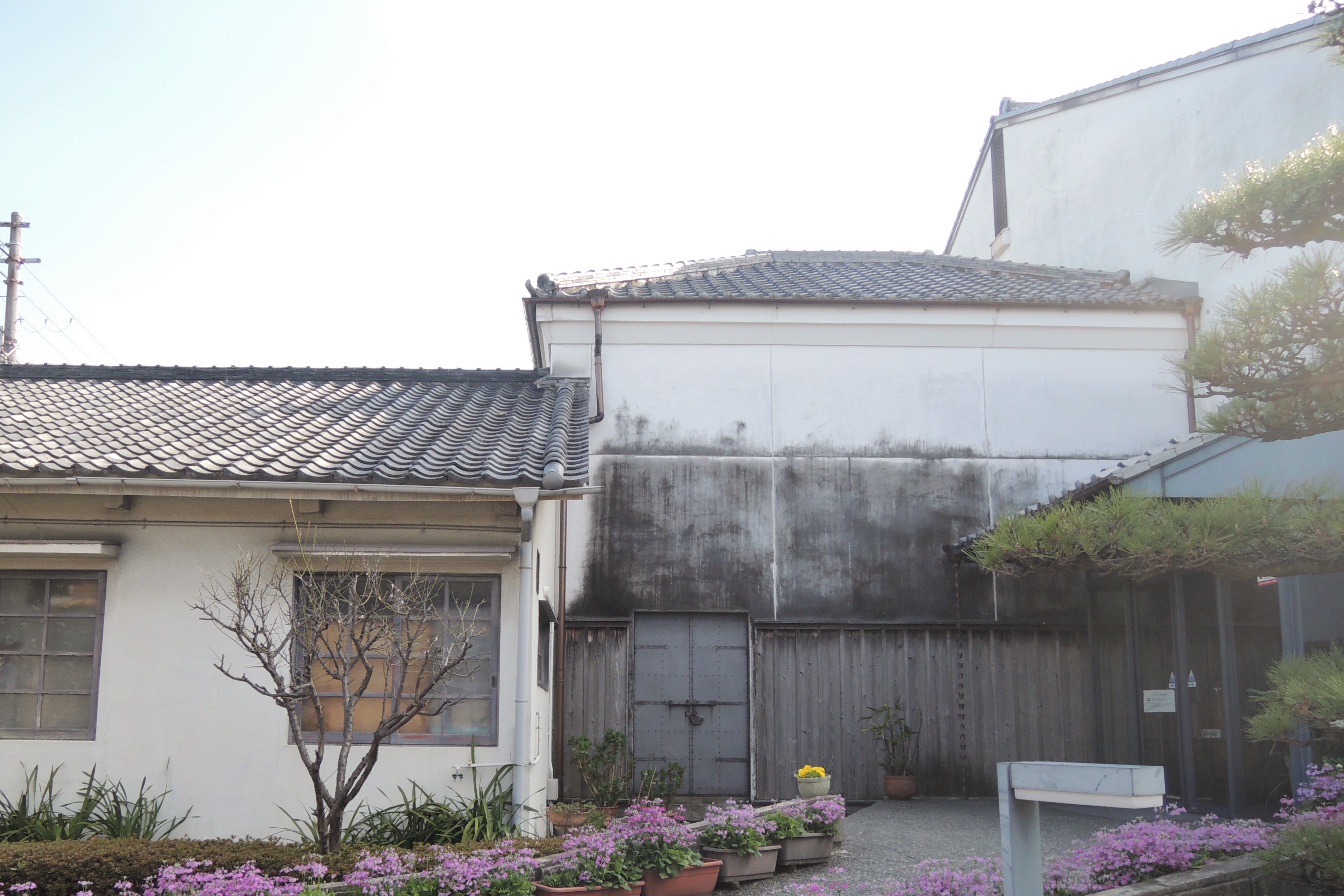
The exhibitioŌĆ”
The road in front of the museum is known as the old Higashi Koya-kaiŌĆ”
-

Abeno Seimei ŌĆ”
The deity of this shrine is Abe Seimei. According to the legend of tŌĆ”
-

Tokajyuku
Tokajyuku is a pioneering facility for children with intellectual diŌĆ”
more’╝×-

Tako Jizo StaŌĆ”
The station building was opened in April 1914. The name of the statiŌĆ”
-
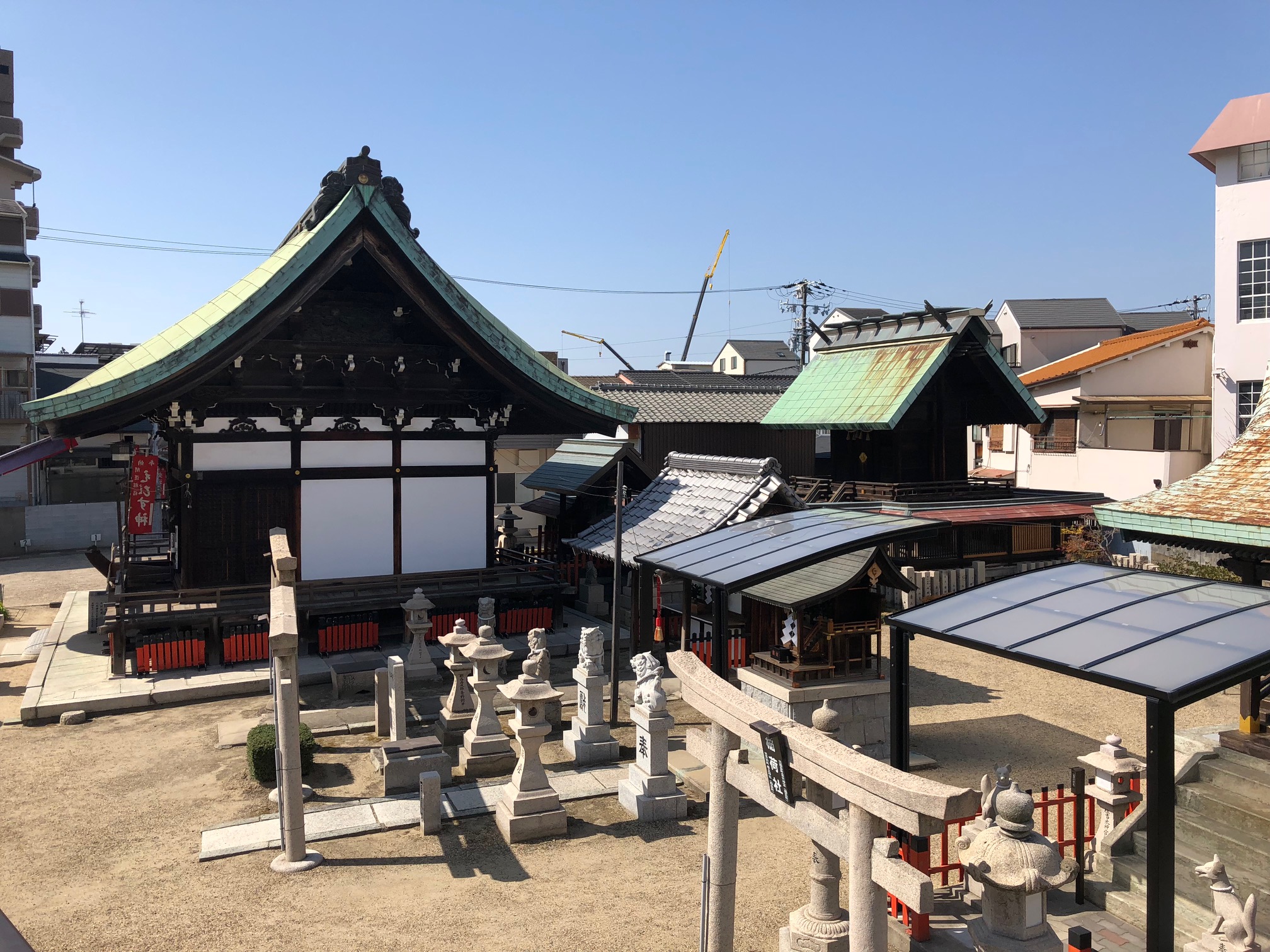
Karasunomiya ŌĆ”
Karasunomiya Shrine is in Denpou Konohanaku Osaka city, the area of ŌĆ”
-
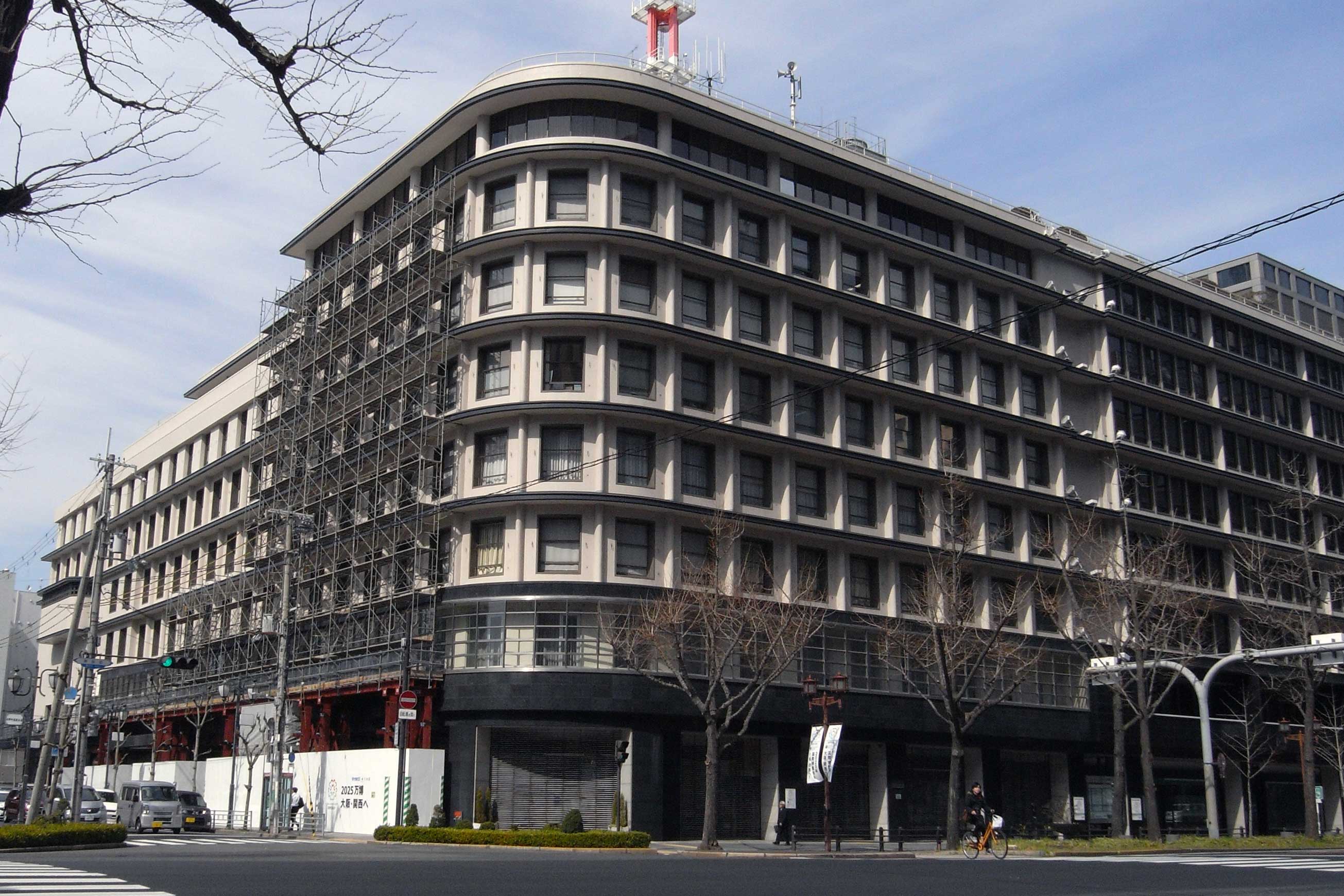
Osaka Gas BuiŌĆ”
The headquarters of Osaka Gas from the early Showa period. Steel reiŌĆ”
more’╝×
ŃüōŃü«ŃéóŃéżŃé│Ńā│ŃüīŃüéŃéŗÕåÖń£¤ŃéÆŃé»Ńā¬ŃāāŃé»ŃüÖŃéŗŃü©õ╝ØńĄ▒ÕĘźµ│ĢŃü«Ķ®│ń┤░Ńüīńó║Ķ¬ŹŃü¦ŃüŹŃüŠŃüÖŃĆé
